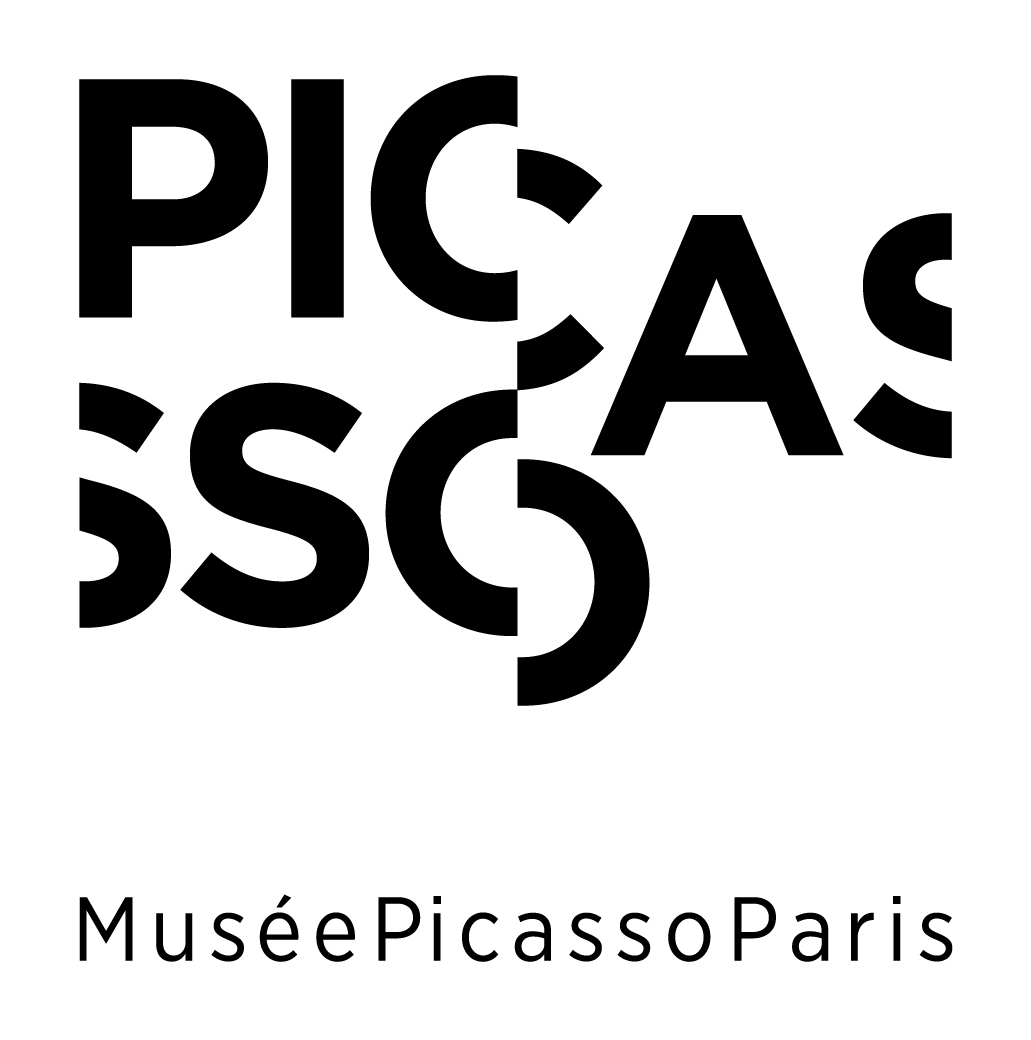ROOM 0.1
Welcome to the “Jackson Pollock: The Early Years” exhibition!
Jackson Pollock was an American artist born in 1912. At the age of 18, he left the West Coast of the United States and settled in New York. There, he visited the museums and galleries and saw firsthand the art of Pablo Picasso which he had only read about in magazines. He also discovered works produced by the Native Americans. Triggered by these different sources, he experimented with new ways of painting and represented strange creatures inspired by myths. Are you ready to discover the mysterious world of the young Jackson Pollock?
Enjoy your visit!
Jackson Pollock (1912-1956)
Head
v. 1938-1941
Huile sur toile
Coleção Berardo/Berardo Collection, Lisbonne
ROOM 0.1
Which animal has Pollock represented here? If you’re not sure, the drawing by Pablo Picasso right next to it might give you a clue. It’s a bull! In 1939, Pollock visited the Picasso exhibition at the Museum of Modern Art in New York. The work of the Spanish painter made a huge impression on the young artist. In this case, he borrowed the bull theme and the distortion principle from Picasso. The animal’s head is seen close-up. Moving from top to bottom you can notice two horns, two almond-shaped eyes, and two nostrils separated by a muzzle in the shape of an “8” figure.
ROOM 0.2
Jackson Pollock (1912-1956)
Mask
1941
Huile sur toile
The Museum of Modern Art, New York
Enid A. Haupt Fund, 1980
Accession Number: 427.1980
Can you see the eagle’s yellow beak hidden in this canvas? Here, Pollock seems to have painted a human turning into an animal. He took on this theme from the first inhabitants of the United States. They are called “native” because they were present before the Europeans came along and colonised their lands. In 1941, Pollock had the chance to admire the art of these native communities, in an exhibition held at the Museum of Modern Art in New York. Their techniques and legends became a source of inspiration for his paintings.
ROOM 0.3
William Baziotes (1912-1963),Gerome Kamrowski (1910-2004) et Jackson Pollock (1912-1956)
Collaborative Painting
v. 1940-41
Huile et émail sur toile Rowland Weinstein, Weinstein Gallery
Pollock made this painting along with two other artists. They began painting the grey background and added some touches of yellow and red. Then they dripped white paint over the top, rather as if they were painting into empty space, their tools never actually making contact with the canvas. This technique is called “dripping”. Finally, they used brushes to paint black outlines: the areas that have been left unpainted create strange shapes on the canvas.
ROOM 0.4
Jackson Pollock (1912-1956)
The Moon-Woman Cuts the Circle
1943
Huile sur toile
Centre Pompidou, Paris
Musée national d'art moderne / Centre de création industrielle
Don de M.Frank K. Lloyd en 1980
Pollock didn’t always take inspiration from myths for his uncanny creatures. He invented some of them too, like this Moon-Woman. Starting at the top, you can make out a head with a feather headdress. The head extends into a crescent-moon shape and in front of the face is a dagger with a big yellow blade. Surrounding these recognisable motifs some mysterious signs are revealed which render the work highly enigmatic! Who is this character? Why does she have a weapon? You too can make up your own legend about this Moon-Woman!
ROOM 0.4
Jackson Pollock (1912-1956)
The She-Wolf
1943
Huile, gouache et plâtre sur toile
The Museum of Modern Art, New York
Purchase, 1944
If you look at this work up-close, you might get the impression that it’s an abstract work with no apparent subject. However, if you move away, you’ll see the silhouette of a she-wolf: its head on the left, its body, mammary glands and legs in the centre, then its tail on the right. Pollock worked by painting in successive layers. For the background, he mixed his paint with plaster to make it thicker and paste-like. Then he created the outline of the animal by adding black and white lines. Finally, he painted the edge of the painting in grey.
ROOM 0.5
Jackson Pollock (1912-1956)
The Water Bull
c. 1946
Huile sur toile
Collection Stedelijk Museum Amsterdam
Gift of Peggy Guggenheim, Venise
Can you see the bull hidden in this work? You can make out a horn at the top, a head on the right, but Pollock didn’t paint the animal distinctly. He was essentially looking to convey its energy by painting with vibrant gestures. This recalling of a bull, the splintered shapes on the surface of the canvas and the sheer immensity of the work were undoubtedly inspired by Guernica, the monumental piece painted by Picasso during the Spanish Civil War. On display for many years at the Museum of Modern Art in New York, it is now presented in the Reina Sofia Museum in Madrid.
ROOM 0.6
Jackson Pollock (1912-1956)
Painting (Silver over Black, White, Yellow and Red)
1948
Peinture sur papier marouflé sur toile
Centre Pompidou, Paris
Musée national d'art moderne / Centre de création industrielle
Achat, 1972
Imagine Pollock painting this work in his studio. He would spread his canvas out on the floor and work around it: he would bend over it, spill paint, throw or let the colours drip from his brush. When the artist made this kind of painting, he no longer wished to represent a specific subject, but rather to portray and show his movements. With these gestures, which came to him instinctively, he ended up covering the entire surface of the canvas!

